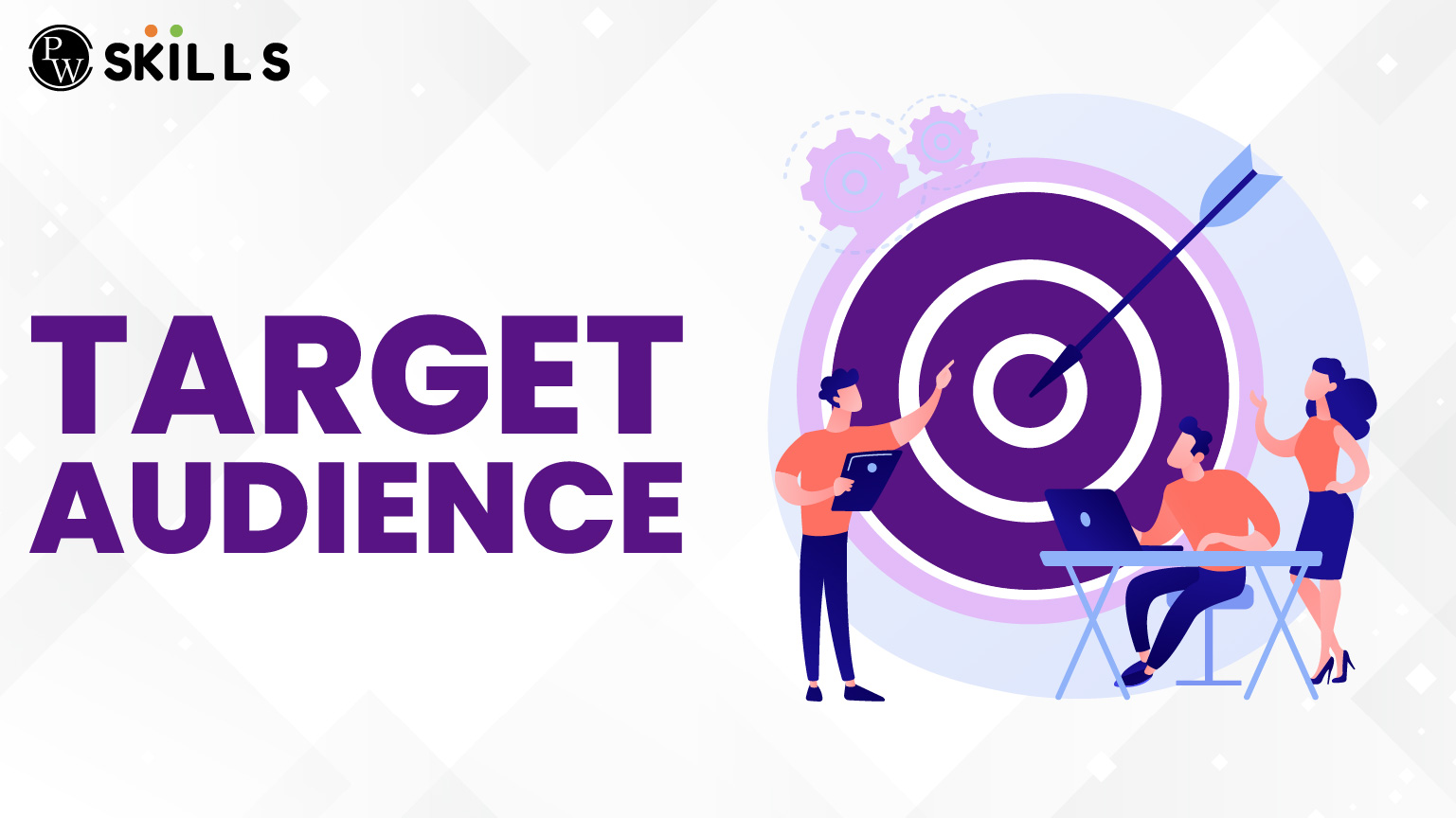Every brand has its target audience, with people having an interest in a specific product or service. Businesses and brands generally keep a particular group of audience based on demographics, location, requirements, behavior, and more. Standing by the needs of your users through changing needs, wants, and challenges is the need of a business or organisation.
Building trust and engaging the audience in the target group is a complex process. Hence, apart from just demographics like age, location, we need to resonate with our customers, their needs, and issues that we can help them solve. Here, we will learn how to segment the target audience based on different factors and goals of a business.
What Is A Target Audience?
The Target Audience is a segment or group of people who are defined by their interests, traits, goals, and challenges. In marketing, professionals need to be familiar with their target audience to align products and services specifically for their needs.
Brands and companies seek the attention of this audience as they are fit for their goods and services and can be their potential conversion. If you have a brand and you are not filtering your audience group, then you might waste a lot of your money and time on a hollow marketing strategy.
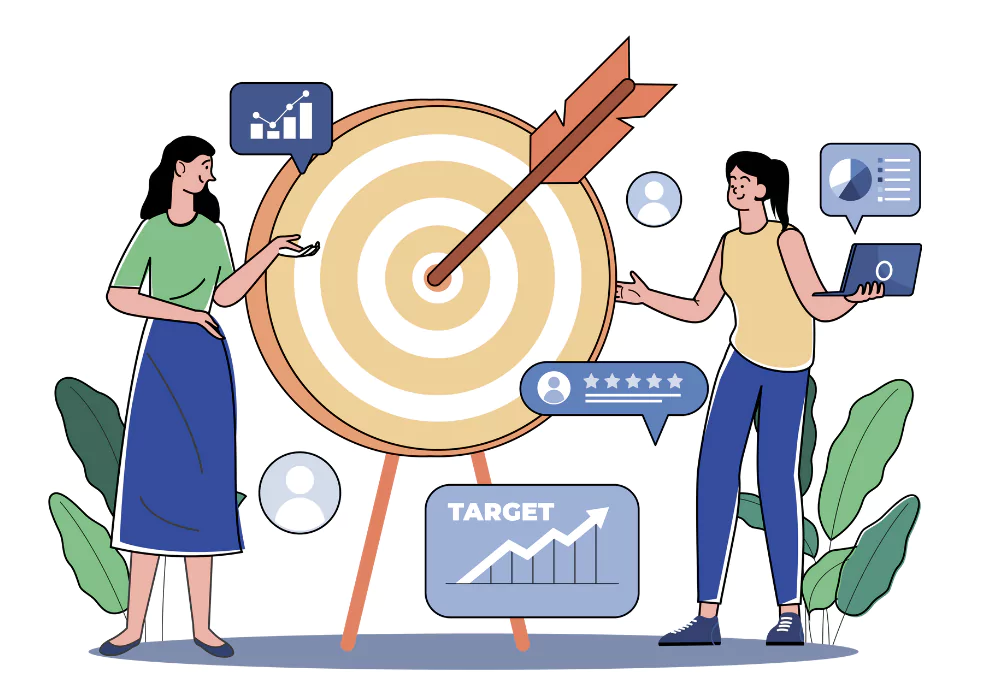
For example, PW Skills target audience is students as well as working professionals who want to upskill and learn for better career opportunities in Data Science, AI/ML, Full Stack Development, and More. PW Skills offers tech programs as well as non-tech programs, ensuring all-around development. Similarly, Geeks of Geeks mainly target tech enthusiasts, including data science, digital marketing, and more.
Target Audience: Key Takeaways
- The target audience is an important part of the entire marketing strategy.
- A target audience is a specific group of people with certain interests, traits, and behavior that a business tries to reach and engage through a series of marketing campaigns.
- You can filter your target audience by A/B testing, surveys, identifying working channels, segmenting pain points, and more.
- With a solid understanding of the target audience, you can improve your marketing efforts, pick the best campaign channels, and improve marketing and ROI.
Key Characteristics of the Target Audience
Target audiences have a certain set of characteristics that define them in marketing. Let us check some major pointers from them.
-
- Demographics: This includes statistical characteristics of people, including age, gender, income, location, education, and more.
- Customer Behaviors:
- Psychographics: This includes personal traits of people, including their hobbies, educational level, interaction habits, lifestyle, traits, and more.
- Requirements: The Target audience is also made based on their needs i,e. Problems they are seeking solutions for, their objectives, and more.
Let us further break down these characteristics below with some real life examples.
Types of Target Audiences
Every market audience group has subtypes with people having different personas, characteristics, behavior, interests, and more. When you target your campaign based on these characters, you can easily build a better campaign.
1. Demographics
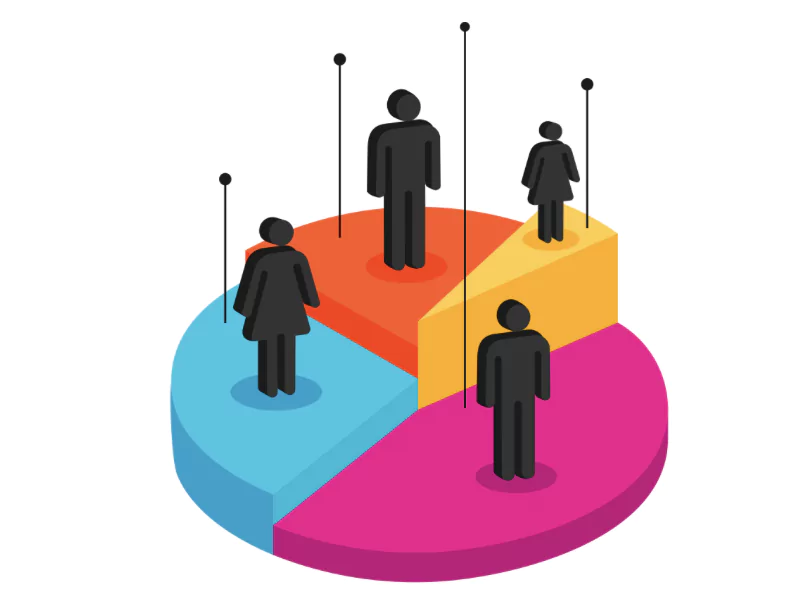
Demographics is the measurement of the audience based on factors like age, location, gender, marital status, and more. This factor of the target audience is the basis of any marketing campaign, as the needs of a millennial would be different of a Gen-Z or teenager.
All major social platforms, like Facebook, Instagram, and more, provide features to know the age groups interacting with your content, which helps content creators set up an ad for the specific group of people based on these demographics.
2. Customer Behavior
 Customer behavior is also a factor that tells how people search, evaluate, and make a decision to buy products or services online. It includes traits like
Customer behavior is also a factor that tells how people search, evaluate, and make a decision to buy products or services online. It includes traits like
- What they buy
- Why they buy
- How often do they make a purchase
- How frequently they interact with social channels
- Which channels do they prefer more
These personal traits help understand or predict choices and build personalized campaigns.
3. Psychographics
Psychographics is about grouping people together based on their interests, behavior, beliefs, and more. It not only takes age, income, and gender into consideration but also handles the natural instincts or interests of people.
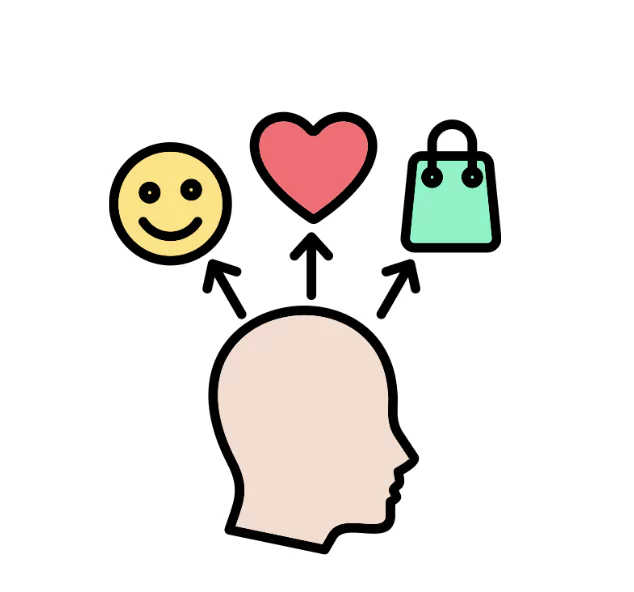
For example, if someone wants fitness and wellness, then they are more likely to buy from brands that promote and provide healthy living foods, materials, and resources. According to a survey conducted in 2024, it was found that 40% of the consumers were not following brands if they do not satisfy their needs of requirements. When your brand represents your people, reflects their values, then your brand will naturally grow and progress.
4. Buying Intention

customer’s journey consists of different stages throughout i,e. Exploring, scrolling, form filling, engagement, clicks, and more. These stages tell where your audience is on the purchase timeline. For example, a customer is looking to purchase a course, then he might start with in-depth research for several periods of time before they actually moves ahead with a purchase.
5. Subculture
People from a larger audience share common interests and passions, which can be used by brands to connect with subcultures by showing they understand and support their common interests and act in their favor by trying to offer them with best aligned content, products, or services as per their needs and preferences.
For example, “The Sneakerhead” subculture, these are people who are particularly more interested or aligned about collecting, trading, and wearing limited edition sneakers. Brands like Nike, Adidas, and Puma release exclusive or limited edition sneakers to address their needs. This hype from sneakerheads creates huge buzz and hence large demand.
Why Target Audience An Important Ingredient In Marketing?
The target audience helps you set your desired set of audience with higher chances of conversion, engagement, and interests in products and services you are promoting in your campaigns.
- When you know your audience, you can easily craft appealing messages, visuals, and offers resonating with your set of audience.
- With a well defined set of audience, you can effectively utilize your available resources, eliminating wastage and giving effort where it matters the most.
- When your campaigns, emails, and other forms of promotions relate to your audience, then the chances of conversion increase, with people more likely to convert or take action once they visit your ads or product pages.
- When customers connect well with your product and services then it connects them more, building stronger brand loyalty and relationships.
- When you know your audience better, you deliver to their needs and requirements much better than your competitors.
Read More: Google FREE Digital Marketing Course With Certificate For Everyone – Limited Seats Left 2025!
Example of Target Audience
Let us collect some of the real life examples of the target audience based on the type and niche of the organisation.
-
- Nike Shoes (Just Do It): This famous brand targets young adults who are in the age range of 18 to 35 years. The audience includes people with a lifestyle, fitness enthusiasts, athletes, and more.
- Apple iPhone: Apple is a sensation in India, targeting middle-class to high-income professionals, students, tech enthusiasts, gamers, designers, and more.
- Starbucks: Starbucks is a popular name in town, targeting urban, middle to upper class individuals, students, and professionals who enjoy good ambience, trends, and socials.
- Netflix: Netflix, with its immense capability of pulling Gen Z, Families, millennials, and more into streaming popular shows with personalized recommendations based on viewing habits.
Read More: How To Grow Youtube Channel In 2025: Expert Tips That Work
How to Find Your Target Audience?
You can easily find the target audience for your brand, product, or services by following these simple steps.
1. Find Your Goal
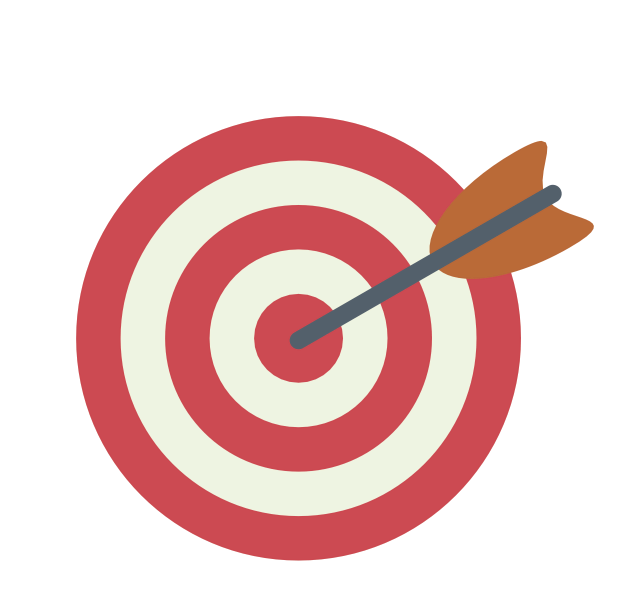
You have to set your goal, whether you are selling something, delivering value, or knowledge. You have to make it clear these certain things below.
- What are you selling
- What is it you are trying to deliver
- Who would benefit the most from the outcome?
2. Set Assumptions

Set some assumptions on your customers, but take it as a test, not the final stage. Do good research from online forums, Reddit, Facebook groups, community forums, and more.
If you already have a platform on Instagram, YouTube, or Facebook, you can check the basic demographic signals on your site. For example, when you are a content creator spreading awareness about “Job Opportunities in Tech,” then your most favorable audience could be following.
- Students
- Undergraduates
- Working Professionals
- B.Tech Students
- Job Seeking students
These are generally rough sketches or a probable target audience. We will have to test and put it through certain more revelations to find out our working target groups.
3. Create Personas
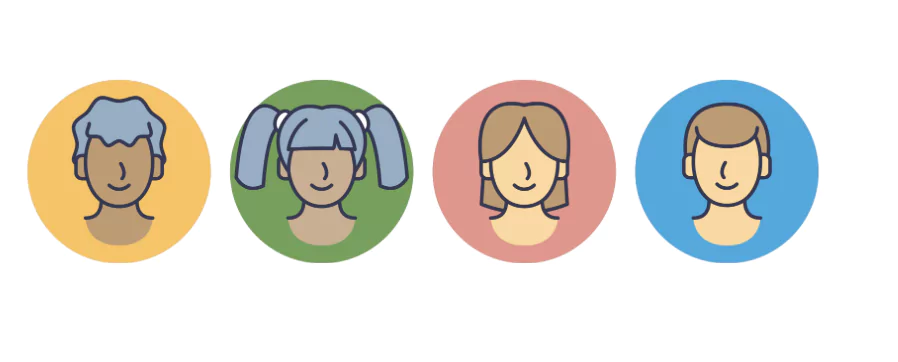
Conduct proper research by looking into your competitors, reviews, community forums, Facebook groups, and more. After the research, you have to filter each persona based on various factors, including
- Age range
- Occupation
- Name
- Goals
- Biggest issue/pain
- Preferred content format
- Gender
- Conversion Triggers
These fields can help you generate buyer personas, which will help you understand your target audience based on their characteristics. You can then conduct surveys, polls, or message people who are in similar fields or people who interact with this content to ask them a few questions to clarify your decision.
Read More: The 20 Best Marketing Automation Tools Available to You Right Now
4. Test Different Channels
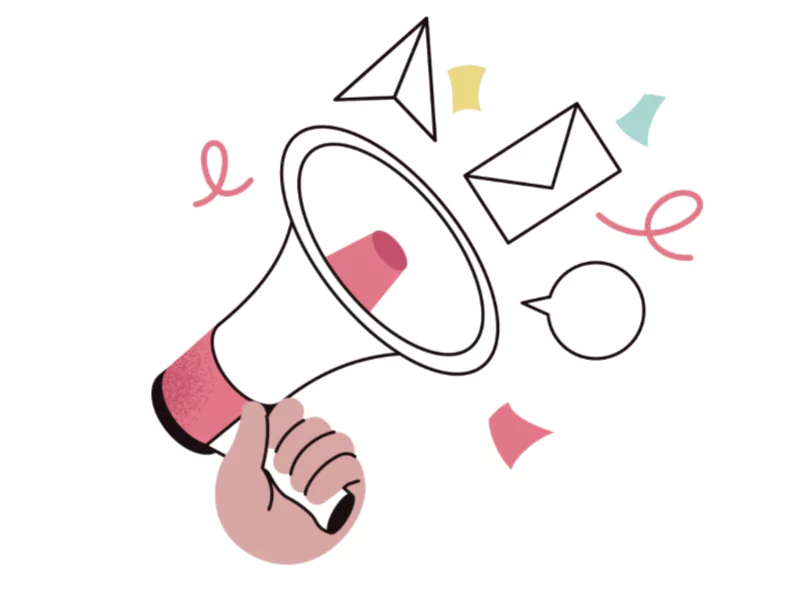
There are different channels through which you can reach your audience. You have to pick 1-2 of the channels, either Instagram reels, linkedIn posts, WhatsApp groups, and more, to reach people, promote products, and solve their problems. You can include tracking pixels and UTM links to understand and track signups and engagement. You have to track various key metrics, including
- Conversion rates
- Cost Per Acquisition
- Engagement
- Bounce Rate
- Events
- Channels
5. Scale Your Favorite Personas/Channels
Now, as you have built and tracked major personas and channels, you can scale, create campaigns and content targeting your audience.
Get a Complete Digital Marketing Course with PW Skills
Exolore digital marketing with the latest industry-oriented curriculum and the power of Artificial Intelligence in the PW Skills Digital Marketing Course. Master advanced SEO tools, keyword research tools, social media marketing, content strategy, and more to drive organic traffic, high conversions, and more.
If you are a student or a professional looking for an in-house career or freelance contract-based work in Search Engine Optimization, then this all-in-one course is all you need.
Looking for More?
- Get industry-led live sessions with professionals in digital marketing
- Build a fully job-optimised project portfolio which demonstrates your skills, and strengthen it with projects.
- Get opportunities for full-time jobs or freelance clients for different digital marketing tasks.
- Get personalised career assistance to prepare for interviews and land your dream job
- Get industry recognised certifications from PW Skills
- Enhance your job readiness with practical skills and expert career guidance.
Target Audience FAQs
Q1. What is the Target audience?
Ans: The Target audience is a specific group of people with certain interests, traits, and behavior that a business tries to reach and engage through a series of marketing campaigns.
Q2. What is the 70 20 10 rule in digital marketing?
Ans: The 70 20 10 rule in digital marketing is all about allocating different content in categories i,e. Educational (70%), engaging (20%), and promotional (10%).
Q3. Why define the target audience?
Ans: When you define your target audience, it helps you resonate with your customers' needs, preferences, pain points, and more. This results in increasing conversion rates and improved ROI.
Q4. What are Target Groups?
Ans: Target groups are a set of people or organisations that a campaign or service is trying to reach. These individuals have certain common traits, behaviors, and needs that list them in a favorable group for companies to target.

